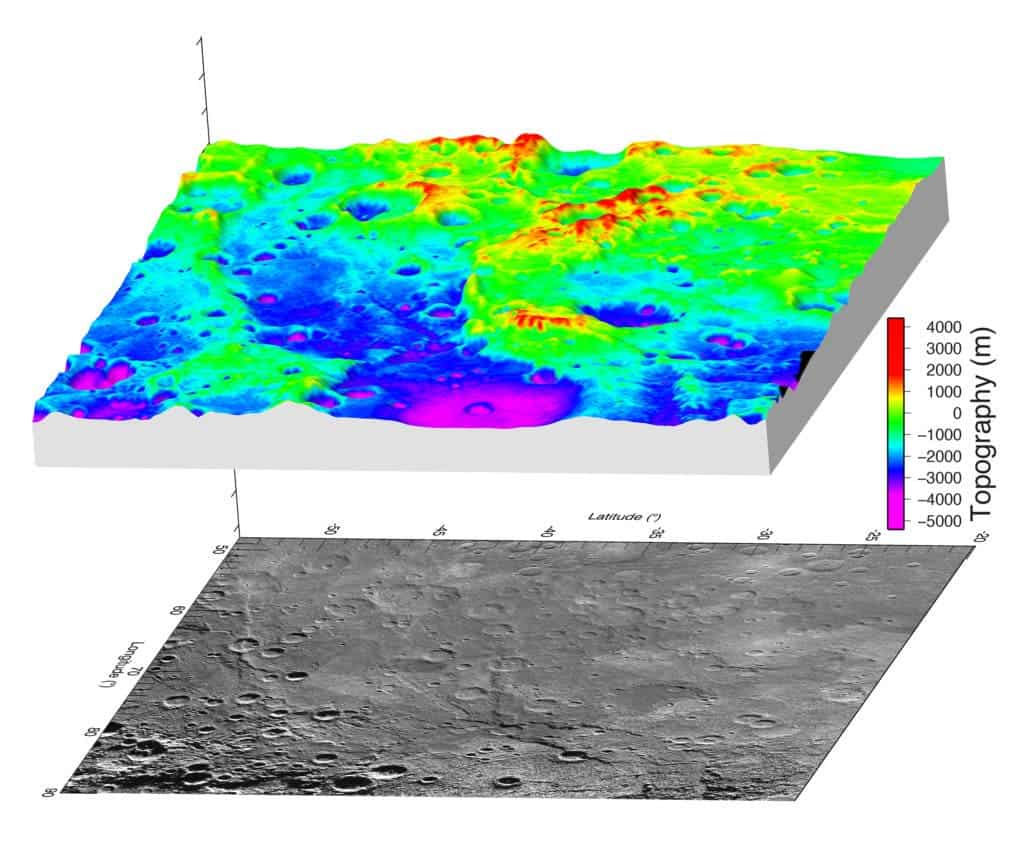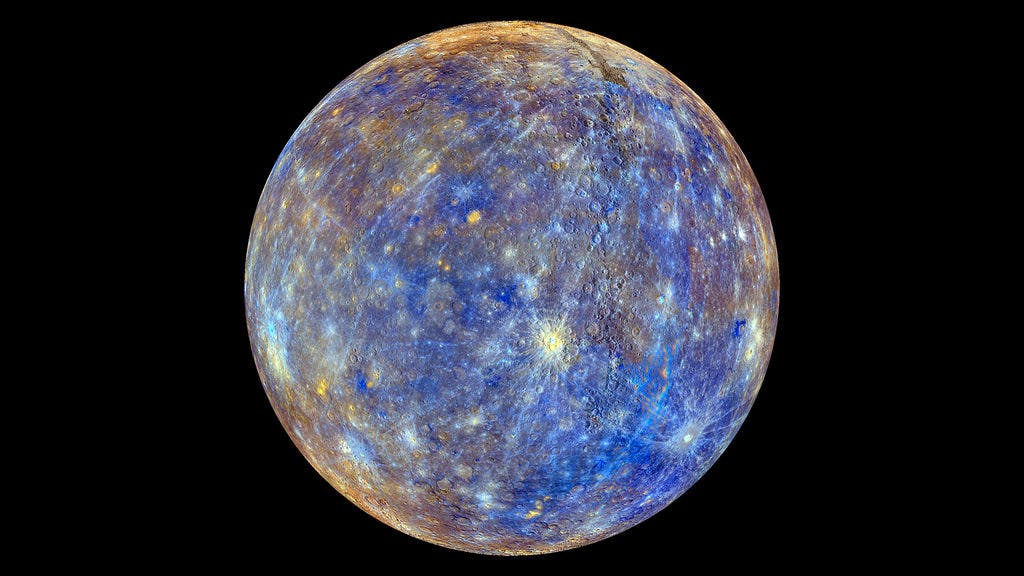Mercury, one of the most hellish places in the Solar System, is shrinking.

The valley is believed to be 250 miles (400 kilometers) wide, 600 miles (1,000 kilometers) long, and about 2 miles (3 kilometers) deep — huge by any standards. Researchers believe it was created due to contraction. As Mercury’s interior cooled down, it caused one part of its surface to bend and ultimately break.
Astronomers and geologists created the map by analyzing a high-resolution map of Mercury’s southern hemisphere, made from images taken by NASA’s MESSENGER spacecraft.
The valley is flanked by two large fault scarps, somewhat similar to how the Eastern African rift looks like. But while the rift was formed by tectonic plate movement, this valley was created by completely different forces.
“Unlike Earth’s Great Rift Valley in East Africa, Mercury’s Great Valley is not caused by the pulling apart of lithospheric plates due to plate tectonics; it is the result of the global contraction of a shrinking one-plate planet,” Watters said in a press release.
“Even though you might expect lithospheric buckling on a one-plate planet that is contracting, it is still a surprise when you find that it’s formed a great valley that includes the largest fault scarp and one of the largest impact basins on Mercury.”

Still, processes like that also exist on Earth.
“There are examples of lithospheric buckling on Earth involving both oceanic and continental plates, but this may be the first evidence of lithospheric buckling on Mercury,” said Thomas R. Watters, senior scientist at the Center for Earth and Planetary Studies at the Smithsonian’s National Air and Space Museum in Washington, D.C., and lead author of the new study.
MESSENGER (whose acronym is MErcury Surface, Space ENvironment, GEochemistry, and Ranging) orbited Mercury from 2011 and 2015, studying the planet’s chemical composition, geology, and magnetic field. Like the Earth’s moon, Mercury has only a very, very thin atmosphere (called an exosphere) which can stop impacts, and so is covered in craters, but there is still much we are only learning about geology.
This study was published in Geophysical Research Letters.






